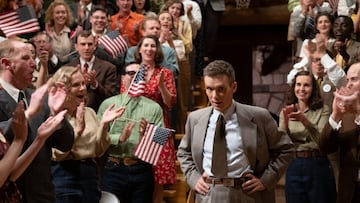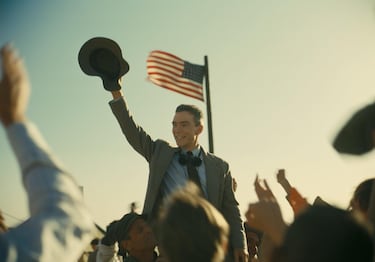Nolan’s Oppenheimer gaffe angers historians
At what point does anyone notice such a detail?

It was a dream first week for Oppenheimer. Christopher Nolan’s new film finished its first weekend with more than $175 million at the box office, almost as much as it cost to make. Moreover, it’s the director’s best opening since the Batman films (themselves considered the best superhero films of all time). It is clear that even though it did not win the Barbenheimer, its showdown with Barbie did not take its toll at the box office. In fact, it has boosted both films and between them they have surpassed 500 million, making both the fourth-best joint opening in the history of cinema. And in terms of reception, it did even better than financially. It has an 8.8 on IMDb and a 7.8 on FilmAffinity.
But there is always a but, and a recurring one when it comes to a movie about an era in history. Several viewers have spotted a minor setting error in Oppenheimer that escaped Nolan and whatever historical advisors he consulted — a real anachronism. The error occurs in a scene late in the movie, when Cillian Murphy’s Oppenheimer comes out to give a speech after the atomic bomb is dropped on Nagasaki and Hiroshima, ending World War II. It is a terrifying sequence in which we see a group of people celebrating and cheering the deaths of hundreds of thousands of people.

Related stories
Well, in this scene, some of the people attending the speech are waving the 50-star U.S. flag. The movie placed that moment in 1945, and at that time the flag had only 48 stars. It was not until 1959 that Alaska and Hawaii were recognized as states and added to the most representative symbol of the country, adding the 50th star.
What’s worse, the anachronistic mistake or being so far out of the movie that you notice something like that?


